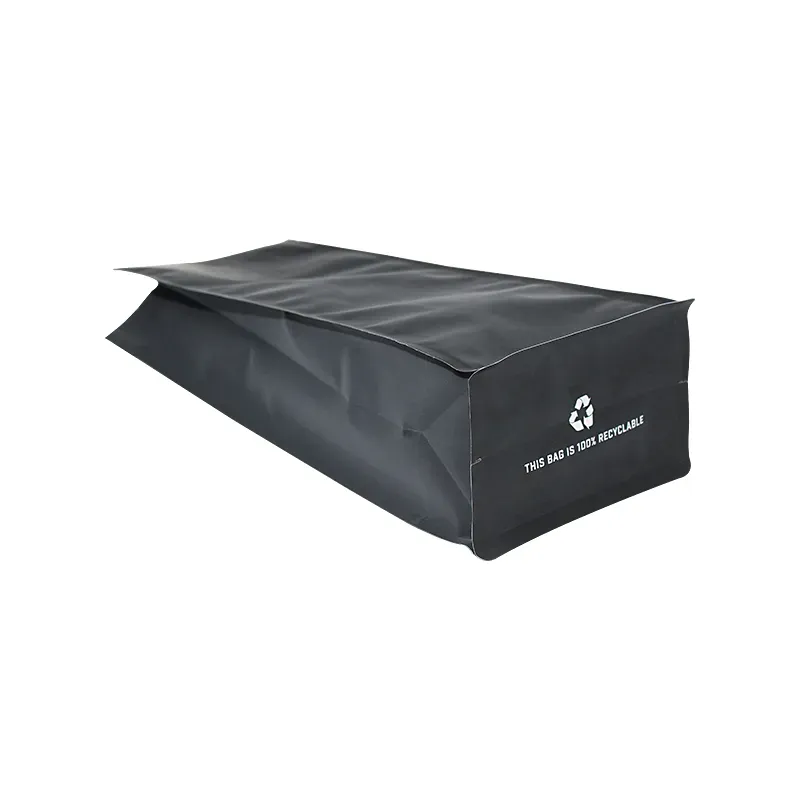g/m2 meaning
Understanding g/m2 What Does it Mean and Why is it Important?
In the realm of material science, textiles, and even food production, measures and specifications play a significant role in determining the quality and usability of products. One such measure that frequently arises is grams per square meter, abbreviated as g/m² (or gsm). This unit of measurement is pivotal for various industries, including textiles, packaging, and even building materials. Let’s delve deeper into the meaning of g/m² and its implications.
What is g/m²?
Grams per square meter (g/m²) is a unit that quantifies the mass of a material in relation to its area. Specifically, it tells you how many grams of a material are present in each square meter of that material. This measure is exceptionally useful for gauging the density and weight of various substrates, be they fabrics, papers, or other flat materials.
For instance, if you have a piece of fabric that measures 1 square meter and weighs 150 grams, it has a density of 150 g/m². This simple metric can provide a wealth of information about a product’s characteristics such as its thickness, durability, and potential applications.
Applications in Textiles
In the textile industry, g/m² is a cornerstone metric. Different fabrics possess varying g/m² values, which can indicate their thickness and overall sturdiness. For example, lightweight fabrics such as chiffon may range from 60 to 90 g/m², while heavier materials like denim could be 300 g/m² or more. This measure helps designers and manufacturers choose the right fabric for specific garments and applications.
Moreover, the g/m² value can affect the way a fabric drapes, its breathability, and its insulation properties. When sourcing materials for activewear, for instance, manufacturers might prefer a lightweight, breathable fabric with a lower g/m², while outerwear may demand heavier materials with a higher g/m² for better insulation.
g/m2 meaning

Importance in Papermaking
In the paper industry, g/m² is equally crucial. It helps define the weight and thickness of various types of paper, from delicate tissues to hefty cardstock. Standard printer paper typically weighs around 80 g/m², whereas business cards may hover around 350 g/m². This distinction is significant for consumers who are selecting paper for printing, crafting, or packaging purposes. It can influence not only the feel of the product but also its suitability for specific tasks, including printing quality and durability.
Impact on Packaging Materials
Beyond textiles and paper, g/m² also finds relevance in packaging materials. Whether it’s cardboard boxes or plastic films, understanding the grams per square meter can aid manufacturers in selecting the right materials that balance cost with performance. A lightweight packaging solution with a low g/m² may be cost-effective for shipping but could compromise protection for the products being transported. Conversely, heavier materials may provide better security but can raise shipping costs.
Conclusion
In summary, g/m² is a fundamental measurement that carries significant implications across various industries. By offering a clear understanding of the density and weight of a material, this metric enables manufacturers, designers, and consumers to make informed decisions. From selecting appropriate textiles for garments to choosing the right paper for printing or identifying the most effective packaging solutions, understanding g/m² facilitates the creation of products that meet specific needs and standards.
For anyone involved in material selection, having a good grasp of g/m² is not just beneficial—it’s essential. As industries continue to evolve and place greater emphasis on sustainability and efficiency, metrics like grams per square meter will remain crucial for improving product quality and performance. Whether you’re a designer, manufacturer, or a consumer, knowing how to interpret and apply the g/m² value can enhance understanding and improve outcomes in any project or purchase.













